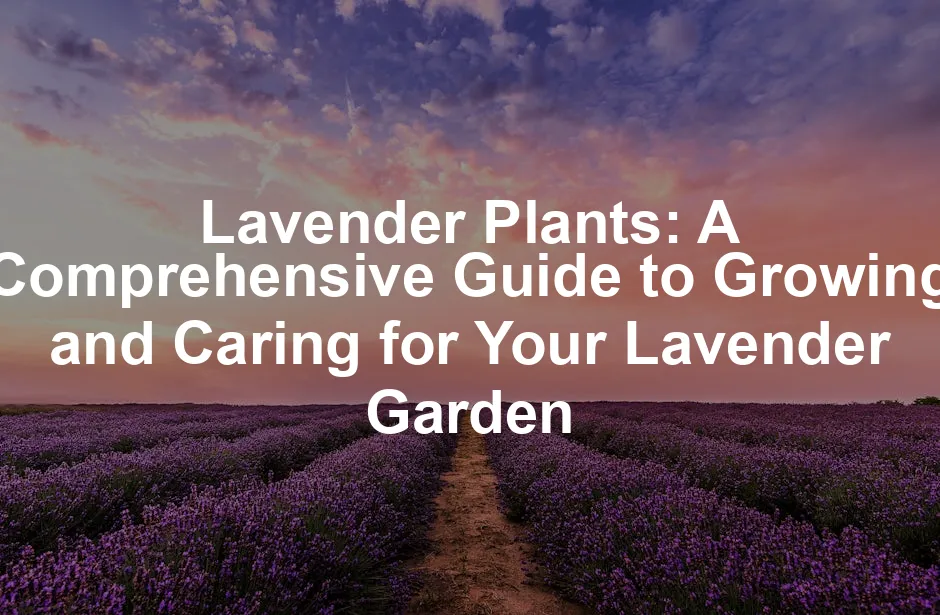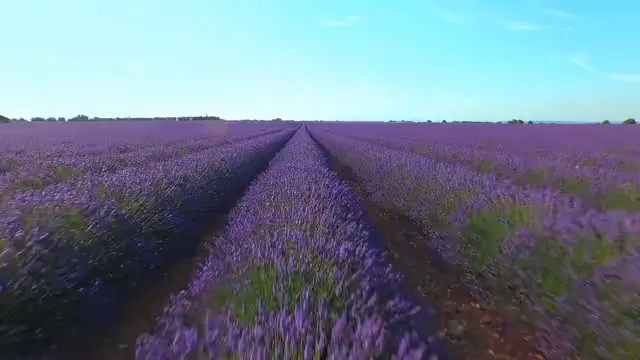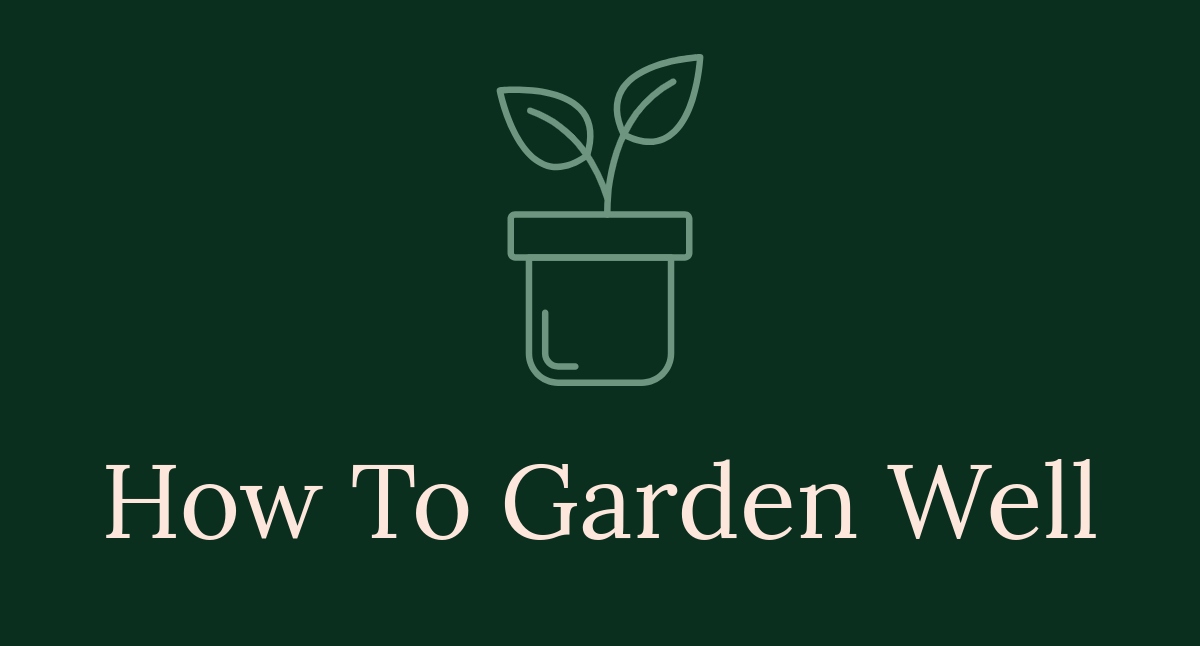

Lavender Plants: A Comprehensive Guide to Growing and Caring for Your Lavender Garden
Introduction
Lavender plants are a delightful addition to any garden. Their vibrant colors and soothing fragrance bring charm and tranquility. They are popular for their beauty, versatility, and numerous benefits. This guide will help you understand the different types of lavender, care tips, and creative uses in your garden.
If you’re looking to add some aromatic flair to your garden, consider investing in lavender plants. They not only beautify your space but also provide a calming scent that can turn your garden into a peaceful retreat.

Summary and Overview
Lavender plants are known for their lovely purple blooms and aromatic leaves. They thrive in sunny, well-drained areas and require minimal care. These hardy plants are adaptable to various climates, making them suitable for many gardeners.
Lavender is not just visually appealing; it also offers health benefits. Its calming scent can help reduce stress and improve sleep quality. Additionally, lavender is used in cooking, aromatherapy, and crafts.
In this guide, we’ll cover the various types of lavender available, how to grow them, essential care tips, and creative ways to incorporate them into your home and garden. You’ll discover how to choose the right variety to match your gardening needs.
Types of Lavender
Common Types of Lavender
When it comes to lavender, several popular species stand out. Each type has unique characteristics that vary in height, bloom times, and uses.
1. English Lavender (*L. angustifolia*)
This species is the most widely grown. It reaches heights of 2 to 3 feet and blooms from June to August. Known for its sweet fragrance, it’s perfect for culinary uses and crafting.
2. French Lavender (*L. dentata*)
Grown mainly in warmer climates, this type can reach up to 3 feet tall. It blooms from early summer to fall, showcasing light purple flowers. French lavender has a unique, rosemary-like scent.
3. Spanish Lavender (*L. stoechas*)
This variety is a favorite for its striking appearance. It grows to about 18 to 24 inches tall, blooming from mid to late summer. Its deep purple flowers resemble pineapples, making it an eye-catching garden addition.
4. Lavandin (*L. ×intermedia*)
A hybrid between English and French lavender, lavandin grows about 2 to 3 feet tall. It blooms in mid to late summer and is known for its strong fragrance, making it popular for essential oils and sachets.
With so many lavender varieties available, consider your climate and intended use when selecting the right one for your garden. Each type offers something special, so choose wisely based on your gardening goals!
To help you take care of your lavender, be sure to have a good set of gardening shears on hand. They make pruning and maintaining your plants a breeze, ensuring you get those lovely blooms every season!

How to Plant Lavender
Planting Basics
Ready to start your lavender garden? Timing is key! The best times to plant lavender are in spring or fall. Spring planting helps the roots establish before summer heat. Fall planting allows plants to settle in before winter.
Choose a sunny spot for your lavender. It thrives in full sun, needing at least six hours of sunlight daily. Good air circulation is essential for preventing mold. Space your plants 2 to 3 feet apart to promote airflow.
Now, let’s talk soil. Lavender prefers sandy, alkaline soil with excellent drainage. A pH level between 6.5 and 7.5 is ideal. Heavy, clay soils can lead to root rot, so amend them if needed.
Before planting, ensure the area is well-prepared. Clear away weeds and debris. Water your lavender well after planting to help it settle. Planning your planting schedule will set you on the right path for a thriving lavender garden!
Ensure you’re ready for the growing season with the right organic fertilizer for flowering plants. It provides the nutrients your lavender needs to thrive and bloom beautifully.

How to Prune Lavender
Pruning Techniques
Pruning lavender is vital for its health and vibrant blooms. It encourages new growth and helps maintain a tidy shape. Regular pruning enhances air circulation, preventing diseases.
The best time to prune is early spring. This allows you to shape the plant before new growth begins. Alternatively, you can prune after the first bloom in late spring. This encourages a second bloom later in the season. If your lavender shows signs of overgrowth, such as leggy stems or sparse flowers, it’s time to trim.
When pruning, use sharp shears to remove about one-third of the plant. Focus on cutting just above the woody parts to promote new growth. Studies show that properly pruned lavender can produce up to 30% more blooms than unpruned plants.
For those who love to garden comfortably, consider getting a garden kneeler and seat. It will save your knees and back while you prune and care for your lavender plants!

Popular Lavender Varieties
Highlighting Unique Varieties
Gardeners often seek specific lavender cultivars for unique traits and uses. Here are some popular lavender varieties that stand out.
1. Sweet Romance: This compact plant grows to 12-18 inches. It features delightful blooms from early summer to fall. Its sweet scent makes it perfect for sachets.
2. Phenomenal: Known for its robust fragrance, this variety reaches 24-30 inches tall. It blooms throughout the summer, making it a reliable choice for any garden.
3. Hidcote: A classic favorite, this compact lavender grows 12-18 inches tall. Its dark purple flowers bloom early and attract pollinators.
4. Grosso: Famous for its intense fragrance, Grosso can reach 3 feet. Its large flower spikes bloom in mid-summer, perfect for essential oil production.
5. Munstead: This early flowering variety grows 12-18 inches tall. It’s tolerant of tough conditions, making it ideal for beginners.
Market trends reveal that these unique types are increasingly popular among gardeners. Why not try a new variety in your garden? You might discover a new favorite!
To truly elevate your lavender experience, consider using an essential oil diffuser to spread that lovely lavender scent throughout your home!

Design Ideas for Lavender
Creative Uses in Landscaping
Lavender is a beautiful choice for garden design. Its vibrant purple flowers and fragrant aroma can transform any space. Consider using lavender to create stunning borders or hedges. These plants not only add color but also provide a delightful scent as you stroll through your garden.
Companion planting enhances both aesthetics and functionality. Pair lavender with drought-tolerant plants like sage or rosemary. These combinations thrive together and create a visually appealing landscape. Additionally, lavender attracts pollinators, boosting your garden’s ecosystem. Companion planting strategies for increased yield can help maximize your garden’s productivity.
Companion planting can enhance the beauty and productivity of your garden. Explore strategies for increased yield.
Enhance the sensory experience by lining walkways with lavender. The fragrance will greet visitors, making outdoor spaces more inviting. Studies indicate that companion planting can increase crop yields by up to 20%. So, planting lavender with other compatible plants can lead to a more productive garden.
To keep your garden looking neat, consider using landscaping fabric. It helps control weeds and keeps your lavender looking fabulous!
Ready to elevate your garden? Implement these ideas and create a lavender oasis that enchants both you and your guests!

Conclusion
Lavender plants are a stunning addition to any garden. They offer vibrant colors, delightful scents, and numerous benefits. Throughout this guide, we’ve covered the various types of lavender and how to plant and care for them. Remember, lavender is not just beautiful; it’s also useful in cooking, crafting, and even promoting relaxation.
Consider experimenting with different lavender varieties to find the perfect fit for your garden. Whether you want compact plants for borders or taller types for impact, there’s a lavender for every gardener. Embrace the beauty and versatility of lavender, and watch your garden thrive!
And don’t forget to keep your gardening essentials in check! A reliable gardening tool set will ensure you’re ready for any task that comes your way!

FAQs
Is lavender a perennial plant?
Yes, lavender is a perennial plant. It can thrive year after year in suitable climates. Many varieties are hardy and can survive winter temperatures, making them a great choice for long-term gardening.
What is the best lavender for cold climates?
For cold climates, English lavender (*L. angustifolia*) is the best choice. It handles frost well and is known for its hardiness. Lavandin hybrids also perform well in colder regions.
How do I fix leggy lavender plants?
To rejuvenate leggy lavender, prune them back in early spring. Ensure they receive enough sunlight and avoid rich soil, which can lead to leggy growth. Regular pruning helps maintain a bushy shape.
Can lavender be grown indoors?
Yes, lavender can be grown indoors! Ensure it receives plenty of sunlight, ideally near a south-facing window. Use well-draining soil and water sparingly to prevent root rot.
How do I propagate lavender plants?
You can propagate lavender through cuttings or seeds. For cuttings, take healthy stems in spring, remove lower leaves, and place them in soil. Seeds can be sown indoors or outdoors, but germination may take longer.
Please let us know what you think about our content by leaving a comment down below!
Thank you for reading till here 🙂
All images from Pexels



